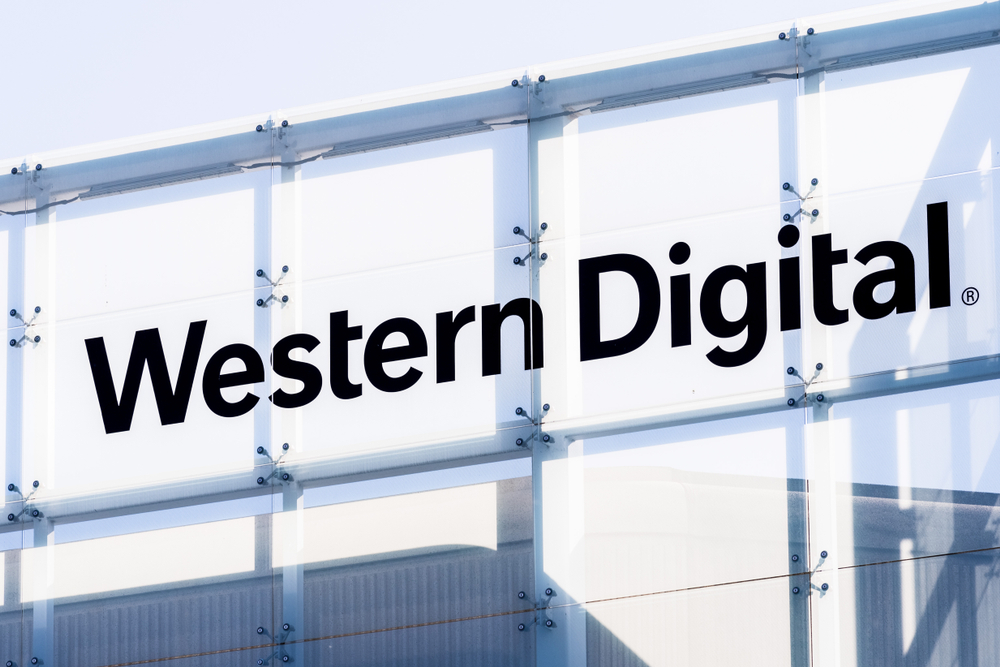Western Digital and Kioxia to Announce Merge This Month: Report
Western Digital and Kioxia merger seems to be progressing well.

Kioxia and Western Digital Corp. are on the cusp of finalizing their merger, anticipated to be agreed upon as early as this month, according to Kyodo News. This union is poised to make the combined entity the world's largest maker of NAND flash memory.
The proposed ownership structure of the new conglomerate has been meticulously planned. Western Digital shareholders are projected to hold a majority stake, surpassing 50%, while the remaining ownership will be attributed to Kioxia shareholders, including a notable contribution from Toshiba Corp. Initially, the leadership and executive roles are expected to be dominated by Kioxia's team, but that is expected to change over time.
The strategic collaboration involves the formation of a holding company, integrating their expertise in NAND flash memory chip production, with a vision of listing the new conglomerate on the Nasdaq stock exchange in the U.S. Western Digital aims to own 51% of the new entity. The remaining 49% will be distributed among Kioxia’s shareholders, including Toshiba, which owns 40% of Kioxia. As a result, Toshiba is expected to own approximately 19.6% of the new entity.
In the competitive arena of NAND memory production, the merger signifies a monumental shift. Together, Kioxia and Western Digital are set to overshadow the current leader, Samsung Electronics, by commanding a formidable market share. Their combined prowess in NAND memories is anticipated to reach around 34.3%, a figure that eclipses Samsung’s 31.1% stake as of Q2 2023, according to TrendForce. Meanwhile, the new entity will be significantly bigger than SK Hynix, which owns a stake in Kioxia. The South Korean company controlled 17.8% of the NAND market in the second quarter, so the formation of a bigger player might become a challenge for SK Hynix.
Navigating the regulatory landscape presents a formidable challenge to the success of the merger. The global emphasis on semiconductors' economic security role has intensified, casting a shadow of uncertainty over regulatory approvals. Particularly, the stance of Chinese authorities remains an important consideration, given the geopolitical and economic implications of the 3D NAND memory market.
A consortium of major Japanese banks, including MUFG Bank and the Development Bank of Japan, are contemplating a robust financial package. This package, potentially reaching up to 1.9 trillion yen ($12.7 billion), is aimed at nurturing the merger to fruition.
While reports about Western Digital's plan to consolidate its NAND memory business with Kioxia have been circulating for months, neither of the companies has commented on the potential transaction, for obvious reasons.
Get Tom's Hardware's best news and in-depth reviews, straight to your inbox.

Anton Shilov is a contributing writer at Tom’s Hardware. Over the past couple of decades, he has covered everything from CPUs and GPUs to supercomputers and from modern process technologies and latest fab tools to high-tech industry trends.